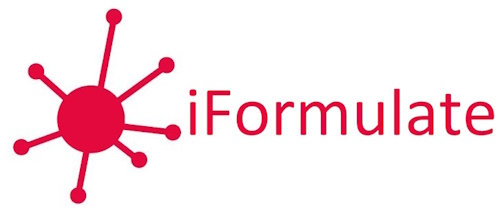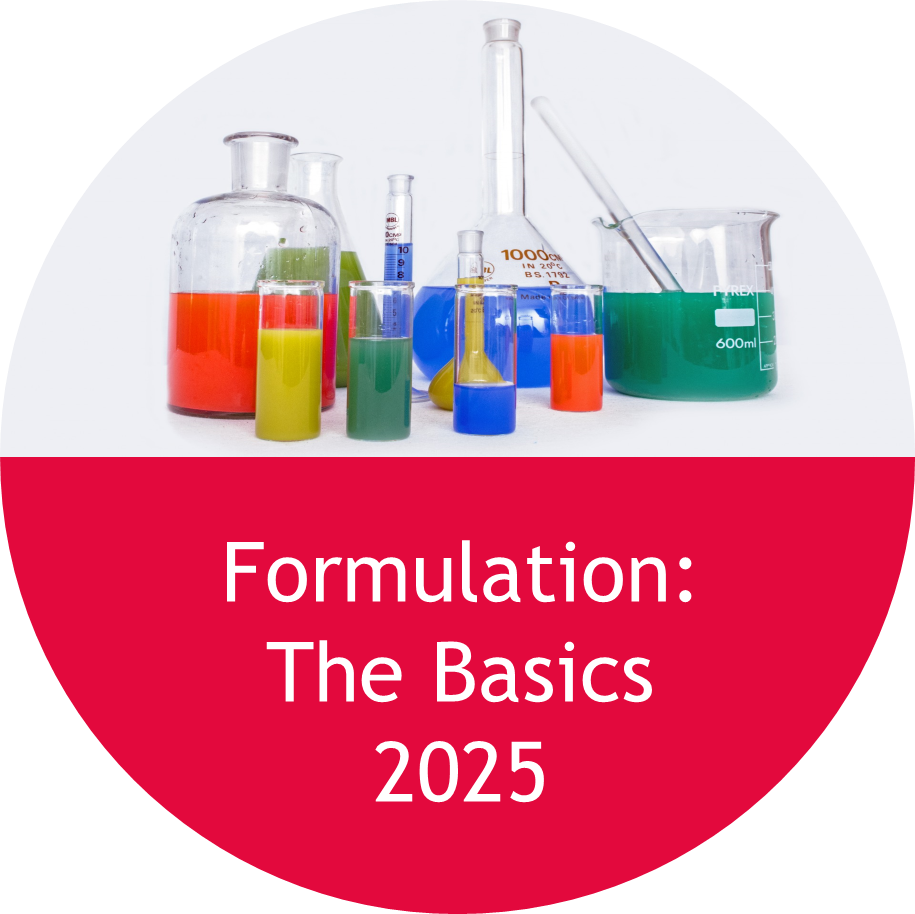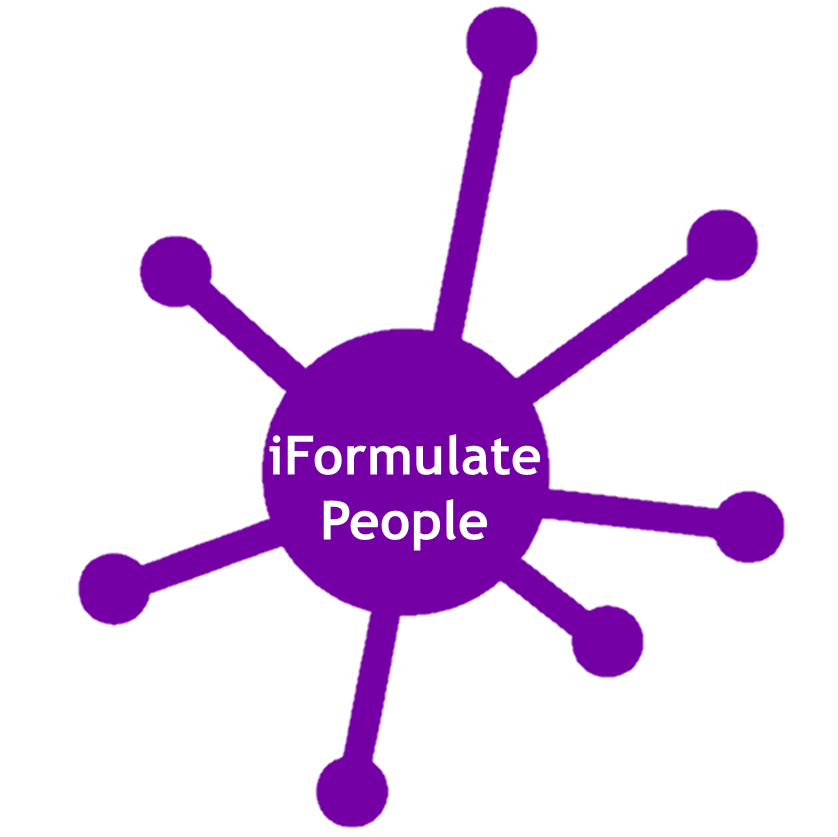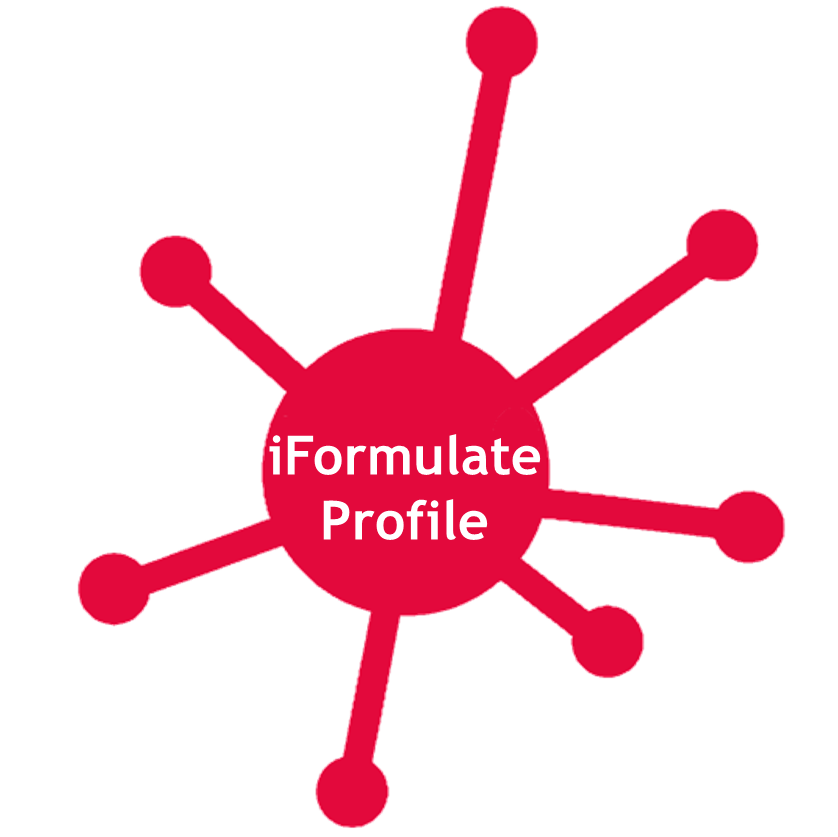
What is in or on a label? Over the last few months, I have been mulling over the value – or in some cases lack of value – of labelling. My thoughts were provoked started with an article in the UK’s Daily Telegraph which revealed that currently in the UK there are no less than 58 widely used symbols on packaging, glass, plastic and batteries which are intended to inform consumers what and whether they can recycle.
Add to this the large number of European Resin Identification Codes (RIC) for plastics as well as the widely varying recycling capabilities of the UK’s local authorities and it is hardly surprising that consumers, even well-meaning ones like myself, struggle to know what they can and cannot put into their recycling bin.
I then had the pleasure of presenting at the First Biopesticide Summit in Swansea in the summer and was on a panel which was posed the question of which single action they would like to see that would potentially increase the uptake of biopesticides. One panel member put forward the idea that all foods should be labelled with the materials that they had been treated with. I thought this was an interesting suggestion, fraught with difficulties, but still worth considering. Shortly afterwards I bought some oranges in the local supermarket and happened to notice the label stated that they treated with imazalil and thiabendazole. The label also mentioned E904 and E914.
So was I any wiser having seen this? I could have used my smartphone to find out that E904 is shellac – which in some cases is not suitable for vegans- and that E914 is a polyethylene wax but how many shoppers have time to do that? As for the other two treatment regimes, how many shoppers are going to look at dossiers and safety reports and then make a decision as to whether to purchase the oranges? Then a few weeks later I buy some more oranges and the label stated that they had been treated with imazalil, thiabendazole, pyrimethanil, 2,4-D, Wax E914, E904 and E903. So are these “better” or “worse” than the first bag of oranges?
Admittedly, the reason for the labels on oranges relates to specific regulations about post-harvest treatment on oranges and is not widespread. However, it does raise the question about what it is intended to achieve? Am I as the consumer better informed? I suppose so, but has that influenced my next purchasing decision? Probably not – and I’m a chemist who knows a little about agrochemicals.
So rather than words, what about symbols or logos? Well in agriculture, if the desire of one conference delegate comes true for all produce, then we could be heading towards the same issue I highlighted earlier with recycling. Food labelling in the UK has used the traffic light symbols to highlight content of salt, sugar and so on in foods – so could that be an answer? The levels used for food labels are absolute and not subject to interpretation, so who would determine what should be labelled red, orange and green for agricultural produce?
Labelling can be a very powerful tool – as we see regularly in cosmetics with “free-from” labels – but before anything is introduced, there needs to be some thought given to how it can be extended and what real value it brings when making actual purchasing decisions. I don’t have the answer but I do hope that those introducing the labels look at the big picture and are not just seeking a short term publicity gain.
David Calvert – October 2019










